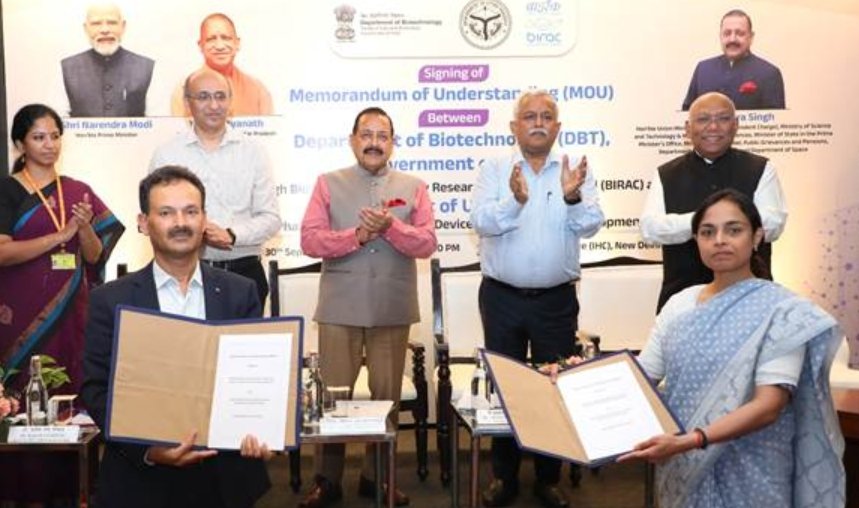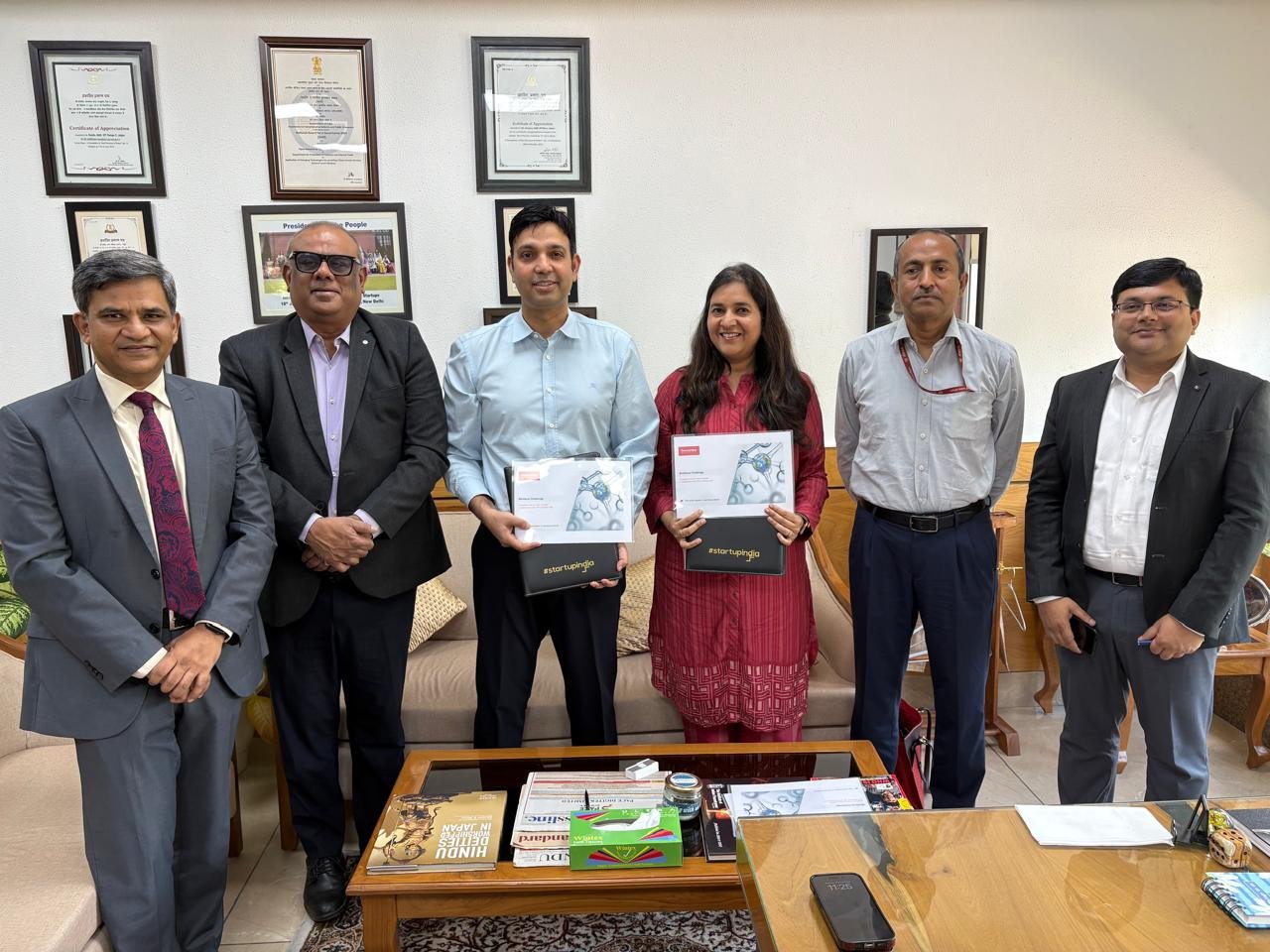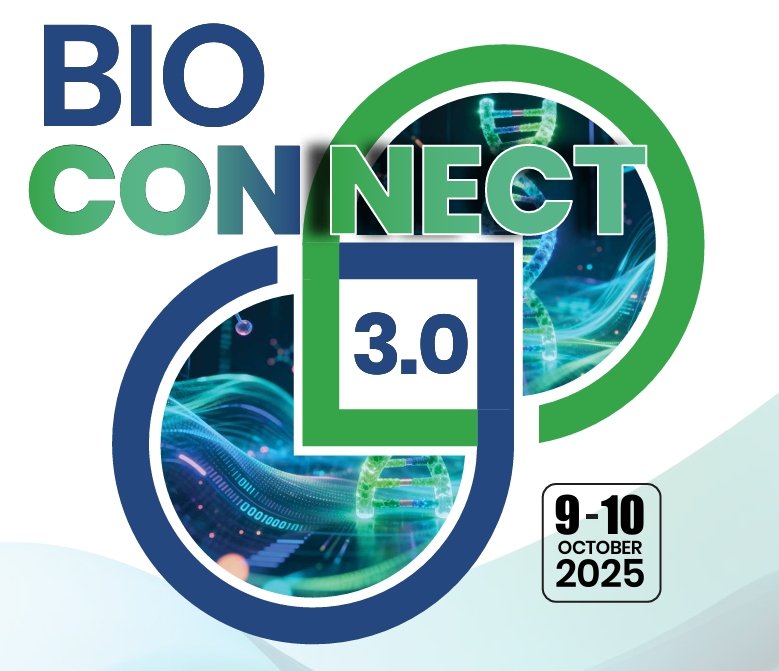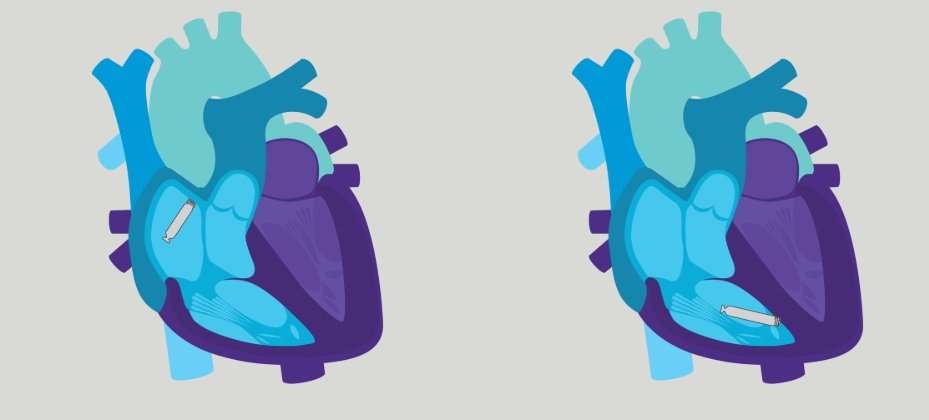Nanobiotech market forecast
February 04, 2009 | Wednesday | News
Nanobiotech
market forecast
 It would take India some more
time to arrive on the nanobiotech map.
It would take India some more
time to arrive on the nanobiotech map.
-Bhuvaneashwar S, senior research analyst, technical insights,
healthcare, Frost & Sullivan
The nanobiotech market is as nascent in India as it is anywhere else in
the world. At present, it's very early to talk about a market
figure, specifically for biotechnology, because indigenous
products in biotechnology are yet to emerge from the subcontinent.
The Indian government has allocated a budget of Rs 1,000 crore per
annum for nanotechnology, which is much less than the global funding
for nanotechnology. Given that the revolution has just begun in India,
it could take as long as a decade before India is able to announce a
sizable market in nanotechnology and possibly longer before it talks
about the contribution of biotechnology to India's GDP.
As of 2006 roughly 40 products were released in the nanomedicine space
and most of these so called “biotechnology� derived
products were in fact modifications of gene delivery systems
conventionally employed in biotechnology, barring a few products that
focused on application of nanoparticles. In essence, the global funding
has been around $3 billion for nanotechnology. However projections on a
28 percent growth rate and the industry touching a $1 trillion market
in 2010 must be taken with a pinch of salt. While the innovation
potential in nanotechnology is much higher in areas outside the life
sciences, the life science industry itself needs to face a host of
critical issues in the form of social, ethical, regulatory and economic
concerns. Hence from the perspective of biotechnology, the operation of
the critical mass in determining the total global output would dictate
the long term potential of biotechnology to contribute to the magical
and optimistic $1 trillion projection. In other words, as far as
biotechnology is concerned, the commercialization potential of
biotechnology would be inversely proportional to its ability to address
and resolve the critical mass of ethical, social and regulatory issues
which currently are major limiting factors against biotechnology
achieving its full innovation potential.
The unfortunate aspect of biotechnology is that it cannot be compared
with the pharmaceutical market which is mature and largely a cash cow.
With the recession affecting the world and limited liquidity in the
market and eagerness to invest is low and biotechnology research from a
commercial point of view may not be doing well. Members in the
healthcare space have claimed that their industry is recession proof as
under grave economic conditions among all costs, the highest costs
would be that of healthcare,which would essentially increase the demand
for medicines. The focus thus in the current times would be to involve
technologies in medical science that would have a quick lead time as
opposed to being stocked as work in progress for a long time. Unlike
other industries, investors and venture capitalists of biotech sector
would need to wait anywhere between three and six years to see returns.
Given the grim scenario and the high substitution threats faced by
biotechnology, the market for biotechnology products may be lower than
expected but may not be bad enough to shut down operations because at
the end of the day it addresses serious medical needs which apparently
are a driving force for the healthcare industry globally.
Legal and policy
initiatives needed to fuel nanotech growth in India
- A comprehensive new law on nanotechnology is not
needed but some amendments in the relevant legislations are required.
- No
need for a separate regulatory authority but an expert committee must
be constituted comprising members from relevant departments and
ministries. The committee should make short term recommendations in
light of growing application and commercialization of the technology.
- Precautionary
principle has already been adopted in environmental regulation, and
should be extended to nanotechnology regulation, considering the
uncertainties.
- Manufacturers, especially of those products that
have a direct contact/ implications for humans, should have limited
liability. These products should be identified and listed. Insurance
could be a suitable option for covering such liability.
- Regulatory
framework should take into account the phase of Nanotechnology
development and the regulatory intervention should be as per the stage
of development and knowledge of risks.
- All evidence based data
should be admissible irrespective of the country of study, while
designing the regulatory framework for Nanotechnology
- The Indian patents Act needs to define a clear
definition and classification of nano particles and nanotechnology.
- These
are the recommendations presented at a national conference on
“Nanotechnology and Regulatory Issues� organized by
TERI on the first
week of January 2009, in Kolkata. The aim
of the conference was
to map the national and international
regulatory developments with
reference to EHS aspects (Environmental, Health and Social). This
included a discussion on risks emanating from nanotechnology, the
nature, scope and design of regulatory instruments, explore the
dimensions of the current law and regulatory instruments in place and
provide for a gap analysis, analyze the role
and value of
technology assessment, and explore other cross
cutting issues like
IPR regimes, institutional role and capacity, and ethical issues.
|
Nano research activities in India
- Development of micro devices for minimally invasive
surgery and surfactant nanoparticles for curing respiratory diseases by
the Department of Chemistry, IIT Mumbai.
- Dabur has launched Nanoxel-a drug delivery
system for the anticancer drug Paclitaxel.
- A typhoid detection kit developed by DRDE Gwalior
using a nanosensor developed at the Indian Institute of Science (IISc),
Bangalore.
- The Department of Chemistry, University of Delhi has
developed nanoparticles to encapsulate steroidal drugs for delivery to
the eye--an invention that has been transferred for commercialization
to Panacea Biotec, Chandigarh.
- Bhaskar Center for Innovation and Scientific
Research, Chennai, is developing an antimicrobial spray using silver
nanoparticles and herbal extracts.
- The Central Scientific Instruments Organization is
developing a nanotech-based kit for tuberculosis.
- Center for Nanobioscience Agharkar Research
Institute, Pune is working on several interesting problems such as use
of super paramagnetic nanoparticles for the treatment of cancer by
hyperthermia; Development of nanotechnology based methods for the rapid
diagnosis of diseases; Nanomaterials for the delivery of biopesticides;
Studies on Ayurvedic bhasma preparations which are known to contain
nanoparticles of metals, etc.
|


 It would take India some more
time to arrive on the nanobiotech map.
It would take India some more
time to arrive on the nanobiotech map.






